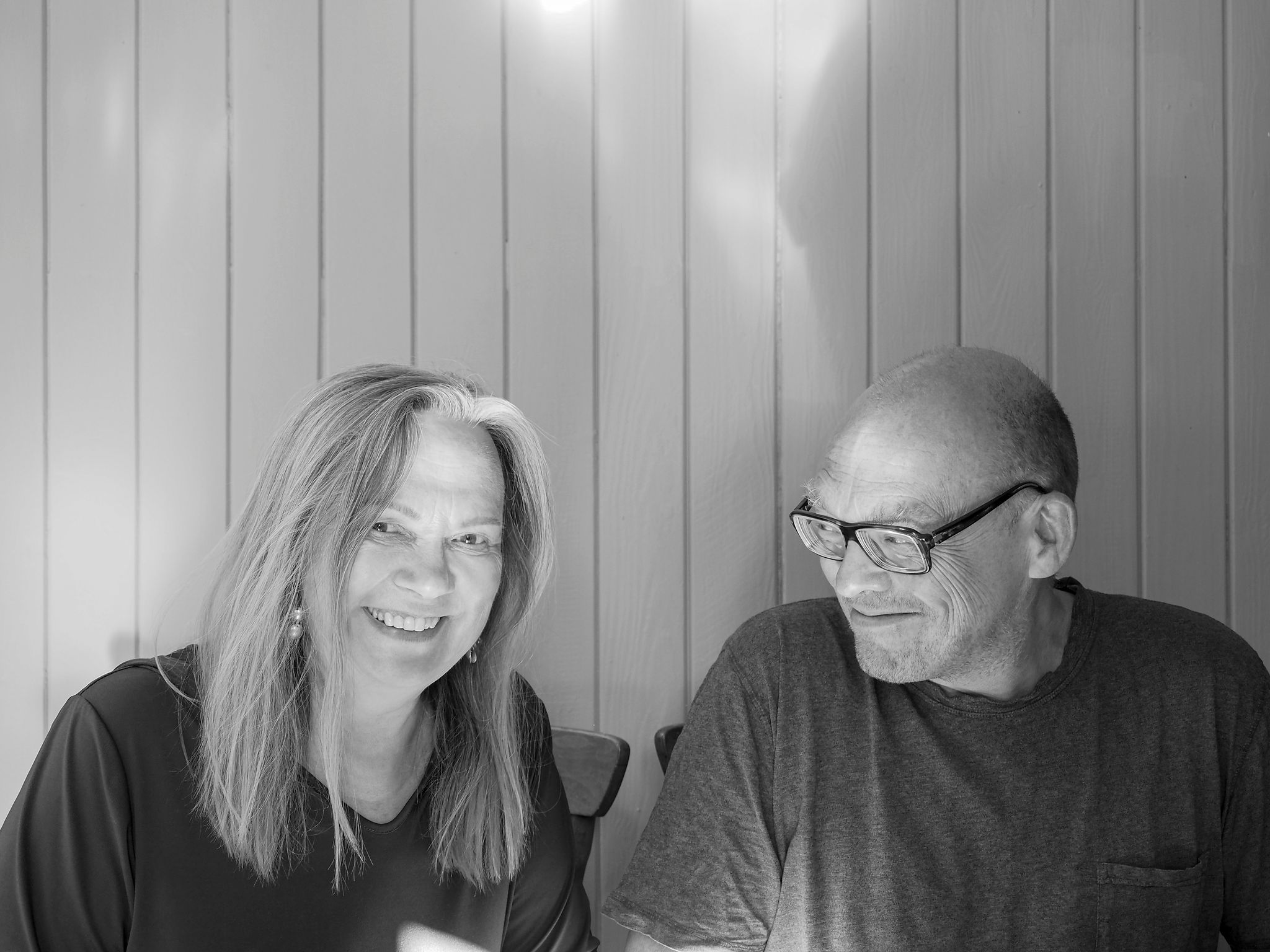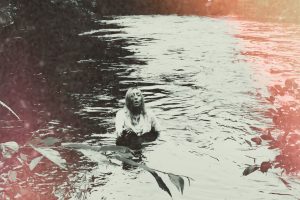Oftentimes, we talk about labels that find new and exciting artists, but the same holds true for those that are already established in the music scene. One such artist is Sámi singer-songwriter Mari Boine, who combines a form of Sámi joik singing with folk rock. When Mari Boine made her music debut in 1985 with Jaskatvuođa maŋŋá – Etter stillheten, she was an angry young woman. And she had every right to be, as Christianity’s repression of the Sámi language and the oppressive culture of “the big men down south” all weighed heavily on the mind of a girl raised in her native language, but discouraged from performing traditional joik. Almost 30 years later, Mari Boine is revered as a truly unique artist and activist whose trajectory led her to release more than a dozen highly-acclaimed solo albums and collaborate with stellar Norwegian jazz musicians like Jan Garbarek and Bugge Wesseltoft.
Two months ago, Mari Boine released Amame, a record that once again joins her with the aforementioned, and internationally acclaimed pianist, Bugge Wesseltoft, with whom she had already collaborated on 2002s Gávcci Jahkejuogu – Eight seasons. In lue of this magnificently beautiful release, we spoke with Mari Boine about her musical origins, the creative and recording process behind Amame, and being a part of the eccletic roster of ByNorse.
What was your first contact with music growing up and what made you want to start singing?
I was always a singing child, as I grew up in a home with two parents who were always singing. Unfortunately, we were only allowed to sing Christian Hymns; all other music was banned. But the fact that they were singing all the time gave me a very natural relationship with singing and in the Sámi way of singing. The Hymns were brought to us by the missionaries and priests, while the old sámi way of singing, the joik, was banned and demonized. Luckily, in the way my people sung the hymns, there were elements of the old chants still. This way, I got to know the old way of singing. So, even if you ban an old way of singing, it is not totally erased during two to three generations.
“I was always a singing child, as I grew up in a home with two parents who were always singing. Unfortunately, we were only allowed to sing Christian Hymns; all other music was banned. But the fact that they were singing all the time gave me a very natural relationship with singing and in the Sámi way of singing.”
What were some artists that influenced and still influence the you?
Since I discovered Patti Smith and the First Nation singer Buffy St. Marie, they have been my greatest inspirations. Also Janis Joplin, Creedence Clearwater Revival, Annie Lennox, Miriam Makeba, Mory Kante, Jan Garbarek, Keith Jarrett, and Peter Gabriel have meant a lot to me.
And outside of the realm of music, where do you draw inspiration from the most?
I draw inspiration from life, from nature, poetry, literature and movies.
Not long after starting your career, and together with Åge Persen, you founded Iđut, a label that eventually expanded into the world of books. Where did the idea to form Iđut come from and how has it been since then?
We saw there was a need for several Sámi record labels and editors. I wanted to be in control of my musical journey but since then, Åge Persen an I have split. He is successful in his branch with main sámi books and I have my own label called Lean.
Going into your brand-new record, Amame, you were once again joined by Bugge Wesseltoft, with whom you previously collaborated on Gávcci Jahkejuogu – Eight seasons. How was it working with Wesseltoft again after so many years and what do you love most about his playing?
It was great to work with Bugge again. This time, I wanted to work with him both as a producer, but also as a musician and mainly the pianist Wesseltoft. I am a big fan of his poetic and lyrical way of playing, so I really love our album Amame.
How was the creative and recording process like for Amame? What were some ideas and themes both you and Wesseltoft wanted to explore this time around?
In the beginning, we sent files with ideas to each other, since we were in the middle of an ongoing pandemic. Then, after a while, we could meet and start trying out the ideas in his studio, in Oslo. We had two sessions with wonderful creative, intuitive recording, days that we both enjoyed very much. In March 2023, our splendid mixer Ulf Holand did the final sound sculpting and made Amame ready to fly out to our audiences.
Were there any challenges or surprises that came up when you were working on this record?
Bugge and I work very well together, often intuitively without too many words, so there were not many challenges. The only challenge was that this was in the middle of the pandemic with covid restrictions, but we still found ways to work together.
Amame is also your first record with By Norse. How did this collaboration with the label come about and how has it been working with them since then?
I have always been a fan of Einar Selvik and Wardruna, and since we both are musicians searching back to our ancestral musical heritage and beats, I felt this could be a nice new home for my music. Amame is maybe not the most typical music for me more of a side experiment, but I still also feel the audience of ByNorse can be challenged and invited into the different soundscapes of Mari Boine. I am very much looking forward to release my next album ALVA in April 2024 on ByNorse. This one will contain more of the shamanistic beats Mari Boine is known for, so stay tuned!
With the record out, what does the near future look like for you? Any upcoming shows or other plans you’d like to mention?
Bugge and me are doing a tour in Norway starting in Oslo, on October 30th. I am very much looking forward to bring Amame out to the audience. I am also doing some gigs internationally next year. Simultaneously, I am finalizing the mixing of ALVA and will do a lot of touring with my band in 2024.
“I have always been a fan of Einar Selvik and Wardruna, and since we both are musicians searching back to our ancestral musical heritage and beats, I felt this could be a nice new home for my music.”
Interview by Filipe Silva
Photo by Knut Bry, courtesy of Mari Boine








Leave a Reply
Your email is safe with us.